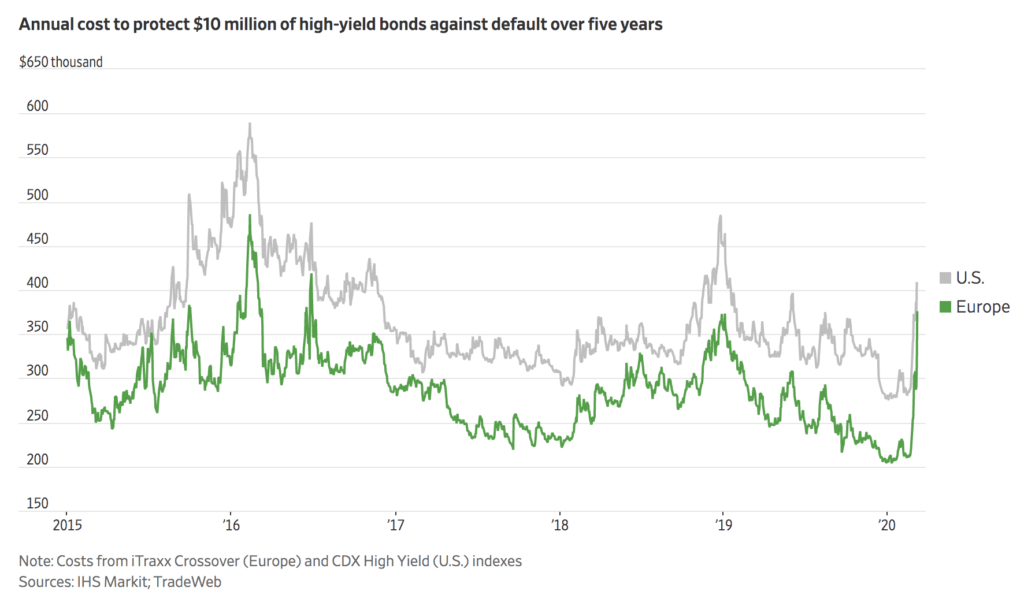Thinking out loud about the likely path forward of the outbreak, including discussion of disease progression.
At this point, the main points of uncertainty are:
- The mortality rate
- The reproducibility rate, R0, both in the absence of intervention, and especially given a particular intervention.
- The percentage of cases that are asymptomatic, and whether or not asymptomatic cases are infectious
- The percentage of cases that are transmitted before symptoms onset.
- The time between infection and symptom onset.
A running diary of academic studies and discussion of the above is included below:
- WHO Mission to China Report.
- R0 of 2 to 2.5, in the absence of interventions.
- Transmission is mostly within families. “In China, human-to-human transmission of the COVID-19 virus is largely occurring in families.”
- At least this report doesn’t seem to think that asymptomatic infection is important. “Asymptomatic infection has been reported, but the majority of the relatively rare cases who are asymptomatic on the date of identification/report went on to develop disease. The proportion of truly asymptomatic infections is unclear but appears to be relatively rare and does not appear to be a major driver of transmission.”
- Incubation period of 5-6 days
- Based on available information, the median time from symptom onset to laboratory confirmation nationally decreased from 12 days (range 8-18 days) in early January to 3 days (1-7) by early February 2020, and in Wuhan from 15 days (10-21) to 5 days (3-9), respectively.
- “China has a policy of meticulous case and contact identification for COVID-19. For example, in Wuhan more than 1800 teams of epidemiologists, with a minimum of 5 people/team, are tracing tens of thousands of contacts a day. Contact follow up is painstaking, with a high percentage of identified close contacts completing medical observation. Between 1% and 5% of contacts were subsequently laboratory confirmed cases of COVID-19, depending on location.”
- The Lancet, “Feasibility of controlling COVID-19 outbreaks by isolation of cases and contacts”
- With a given reproducibility rate (R0), whether or not an outbreak can be prevented depends upon if contacts can be traced and isolated.
- Another important factor is the percentage of cases that are transmitted before symptoms onset. This paper assumes 15%.
- Finally, the percentage of cases that are asymptomatic (subclinical) is important. The paper assumes there are 10% subclinical cases.
- With an R0 of 1.5, outbreaks can be contained as long as 50% of contacts can be traced.
- With an R0 of 2.5, outbreaks can be contained as long as 70% of contacts can be traced.

3. Experiment in Town of Vo — everyone was tested, twice. First time around, 50% of cases were asymptomatic!
4. Estimating the infection and case fatality ratio for COVID-19
using age-adjusted data from the outbreak on the Diamond
Princess cruise ship . On the cruise ship, half of all cases were asymptotic.
5. Center for Mathematical Modeling of Infectious Disease. A number of interesting estimates:
- Percentages of pre-symptomatic transmission.
6. Mortality rate of Corona Virus — mortality rates of 1.5% ?
7. In the US, 40% of Coronavirus hospitalizations are for young people. Elderly still the majority of mortalities.
8. What is the secret to South Korea’s success? 74 cases March 18th down from 909 at the peak. Done so without taking authoritarian measures. Tested more than 270,000 people. This, along with contact tracing, and case isolation.
Still early, because a lot of their cases were within one church group.
Earlier experience with Mers showed laboratory testing is the key.
Korean Center for Disease control developed tests, cooperated with diagnostic manufacturers to develop commercial test kits.
Close contacts and those with minimal symptoms whose family members are free of chronic diseases and who can measure their own temperatures are ordered to self-quarantine for 2 weeks. A local monitoring team calls twice daily to make sure the quarantined stay put and to ask about symptoms. Quarantine violators face up to 3 million won ($2500) fines. If a recent bill becomes law, the fine will go up to 10 million won and as much as a year in jail.
Still, the numbers of new cases have dropped the past 2 weeks, aided by voluntary social distancing, both in the Daegu-Gyeongbuk region and nationwide. The government advised people to wear masks, wash their hands, avoid crowds and meetings, work remotely, and to join online religious services instead of going to churches.
The government hopes to control new clusters in the same way it confronted the one in Shincheonji. The national testing capacity has reached a staggering 15,000 tests per day. There are 43 drive-through testing stations nationwide.
9. Hopelessly ineffective CDC, FDA responsible for scale of pandemic. These broken organizations will be impediments during the current crisis.




